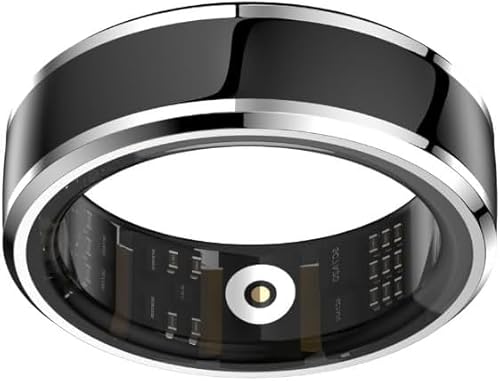Maybe they doctors want to see IF the results are still as good when people have had them 15 and 20 years. I think it is kind of rude to suggest these surgeons who spend many many years of their lives going to school, and studying learning and going to many conferences ect are "'head in the sand' attitude expressed by some (Doctors and others) who try to discount this promising valve with a lame comment to the effect that it is "too new" or "too untried".
My guess is that the real reason for down-playing this (newer) valve comes down to Politics and Money, with a dash of ignorance and resistence-to-change thrown in."
because they have their own thoughts and preferences. I KNOW you believe the ON-X is the very best and appreciate your passion, but I do not think it is fair to suggest members surgeons are not doing what THEY believe is best for their patient
We would all like to believe that the Doctors we consult have OUR Best Interests at Heart but I have to Question how well informed they are when I hear comments such as:
"It's too New or Untested" (from a Cardiologist and in many posts to VR.com from other members)
"You don't need one of those 'new valves'.
Stick with the 'tried and true' (meaning St. Jude)" - (AVR Surgeon)
"St. Jude is the Gold Standard" (from a Surgeon when asked if he would implant an On-X Valve )
"How about ATS?" (another surgeon)
and from a Cardio when asked if he has studied the On-X valve: "No"
I have concluded that many Doctors do NOT keep up with developments in the field of Artificial Heart Valves (for whatever reason).
Maybe the First Question we should ask potential surgeons is if they are familiar with ALL of the Valve Options... or at least what Valve Options they offer.
One of the Local Heart Surgeons only offered a St. Jude Mechanical and Bovine Pericardial Tissue Valve several years ago. His group now has a surgeon who also uses Carbomedics. That's it.
Cleveland Clinic and Mayo Clinic put their (mechanical) Valve business up for "Competitive Bid", choosing 2 'preferred valves' for each Contract Period.
Cleveland Clinic has a 'relationship' with Edwards Life Sciences (not sure if that is the full or correct name) and 'apparently' was involved in the development of their Bovine Pericardial Tissue Valve (which was actually my first valve choice... it just didn't work out for me)
I NO LONGER Believe or Expect that any given Surgeon will be knowledgable about All, or even most, of the Valve Options that are available today, or without bias.
Is that being too Jaded?
Bottom Line: As others have also found, if you have an interest in a Specific Valve (Bovine, Porcine, Mechanical) or Procedure (Ross, Repair, Aorta Replacement, Maze, Minimally-Invasive, etc.) it is best to find a surgeon with Experience using the Valve or Procedure you desire.
Corollary 1: It is unrealistic to believe or expect that any / every Surgeon will be familiar and experienced (and comfortable) with ALL of the Options available.
Corollary 2: The more difficult your situation / circumstances, the more difficult it is to choose an appropriate surgeon.
Does anyone disagree with these (hopefully non-offensive) conclusions?





















